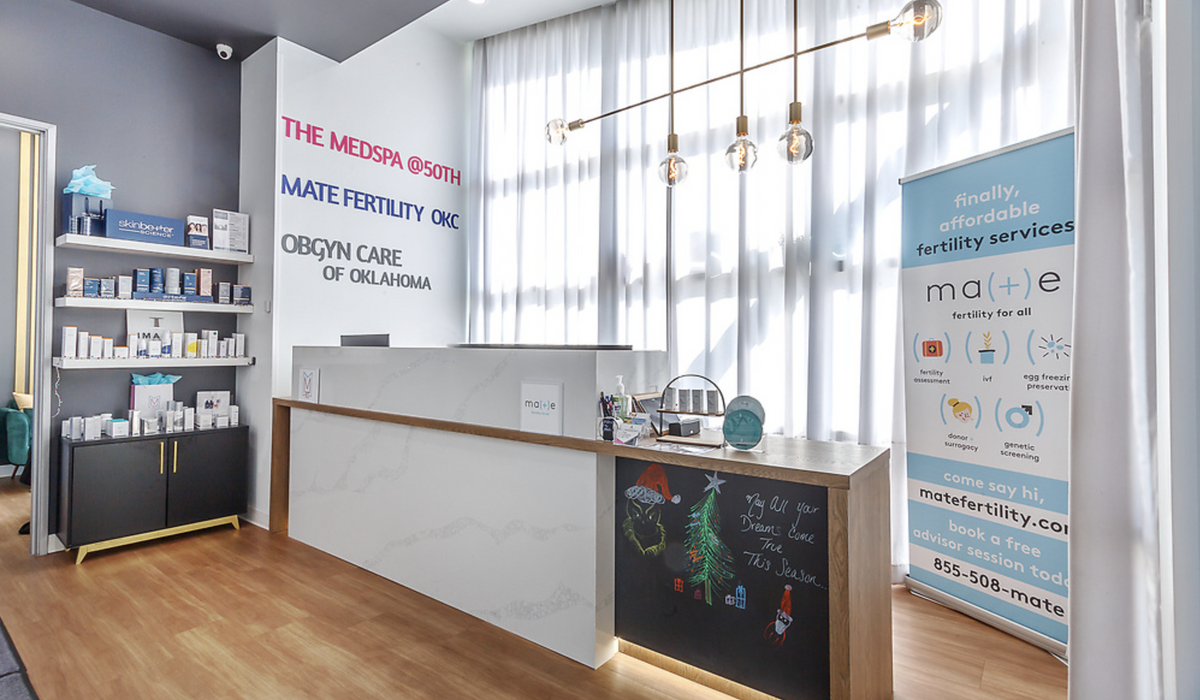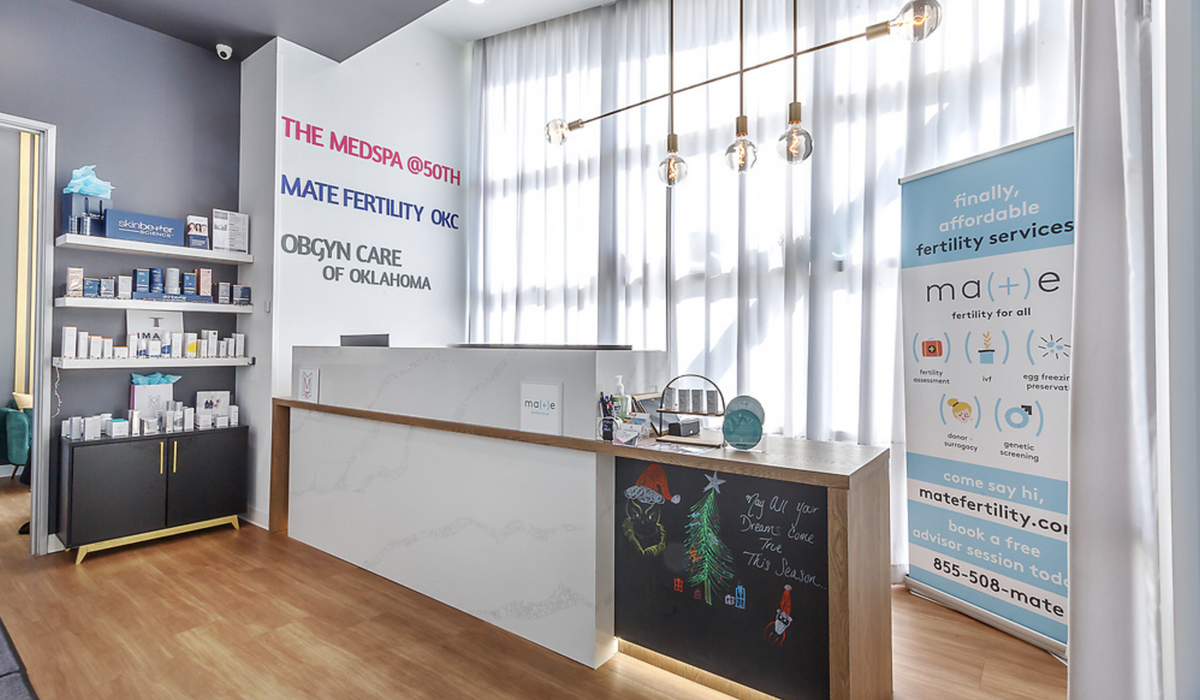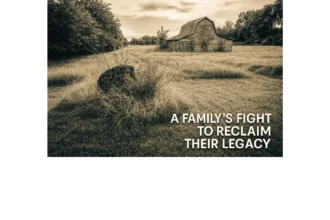
Red-state abortion clinics may soon be faced with adapting or dying in post-Roe America, and that’s where Traci Keen comes in.
The Mate Fertility CEO is reaching out to abortion facilities nationwide — including those operated by Planned Parenthood — with a pitch to fill the void created by the fall of Roe v. Wade by partnering with her company to offer assisted reproductive services, including in vitro fertilization (IVF).
“It’s one of those things where it doesn’t seem like it makes sense, but it does,” Ms. Keen told The Washington Times.
Last week, Mate Fertility reached an agreement with Allegheny Reproductive Health Center in Pittsburgh, an independent clinic located in a state with an unsteady abortion landscape.
The Pittsburgh center, founded in 1975 as an abortion clinic, also offers “gynecological care, prenatal care, contraception services, and STD testing.”
“Partnering with Mate Fertility to expand our fertility care options to offer lower cost IVF and fertility preservation services aligns with our core values, both as an organization and as reproductive health care providers,” said Dr. Sheila Ramgopal, the center’s medical director. “Since the Dobbs decision on June 24, 2022, this partnership is even more relevant to our mission and vision for the organization.”
SEE ALSO: Abortion-tracking fears spur FTC lawsuit against data broker
The Supreme Court’s decision in Dobbs v. Jackson Women’s Health Organization did more than strike down Roe v. Wade – it upended the business model for many abortion providers, forcing them to consider moving out of state, closing their doors, or diversifying.
The owner of the Jackson center wasted no time, shutting down the clinic shortly after the ruling and moving from Mississippi to New Mexico, a Democrat-led state with virtually no restrictions that is quickly becoming an abortion-destination spot for neighboring Texas.
Meanwhile, virtual and mobile clinics are fast emerging to offer chemical-abortion prescriptions for women in states with tight restrictions, pulling potential clients from brick-and-mortar facilities. The abortion pill now accounts for more than half of U.S. pregnancy terminations.
That leaves diversification into other medical specialties, such as the booming gender-transition field.
Even before Dobbs, Planned Parenthood, the nation’s largest abortion provider, was rapidly expanding its footprint into gender hormones. More than 320 centers nationwide now offer hormone therapy, according to Michigan Live.
As far as Ms. Keen is concerned, the underserved infertility market is also a natural fit. Abortion clinics are typically staffed by salaried obstetrician-gynecologists, nurses and medical technicians, the same professionals needed to run a fertility clinic.
“With most women, the first person they go to with their reproductive concerns is their OB-GYN, and to actually be admitted to the fellowship, you have to already be an OB-GYN,” she said. “There are these interesting boundaries that have been artificially created around the most expensive components of fertility care. And we’re trying to create a bridge between the two worlds.”
Mate Fertility burst onto the scene less than two years ago with a business model that emphasizes decreasing costs and expanding access, in part by locating facilities outside the five major metropolitan areas that are home to an estimated 80% of the nation’s fertility clinics.
The company, founded by Los Angeles entrepreneurs and brothers Gabriel and Oliver Bogner, opened its first clinic in Oklahoma City, a municipality with a more affordable cost of living that attracts the kind of younger residents looking to start families.
Indeed, most of the nation’s youngest cities are found in red states where tighter abortion restrictions have or will soon take effect, which is where Mate Fertility comes in. The plan is to establish a clinic-within-a-clinic at facilities struggling to make ends in areas where procedures are expected to decline.
“What we really look at is providing accessible, equitable care, and there tends to be a natural alignment of the values required to perform or the desire to perform fertility services for a patient base,” said Ms. Keen. “We see it as a strategic addition to a lot of these practices, especially where they may have significant portions of their revenue and things eliminated from their practice.”
In Pennsylvania, the abortion landscape is in flux. A proposed constitutional amendment declaring there is “no constitutional right to taxpayer-funded abortion or other right relating to abortion” is on track to appear on the ballot next year.
The issue also hinges on the outcome of the November election, where candidates on the opposite side of the abortion question are vying to succeed term-limited Gov. Tom Wolf, a Democrat who has vetoed several bills restricting abortion access.
“As you know, there’s a strong likelihood that they’re going to pass a constitutional ban on abortion in Pennsylvania,” said Ms. Keen. “What we are doing is we are offering a reproductive aligned stream of service offerings for these providers to segue into that can be beneficial and meaningful to them.”
Demand for fertility services is growing, she said, as couples struggle with a global rise in infertility. Sperm counts have declined by 52% in North America, Europe and Australia since 1973, according to a 2017 study.
Then there are factors such as delayed onset of childbirth as the mean age of first-time mothers rises, as well as an increase in the number of same-sex couples seeking to have babies via assisted reproductive technology (ART).
The Centers for Disease Control reported that there were 330,773 ART cycles performed in 2019 at 448 reporting clinics, but “to actually meet current demand, we would have needed to perform three million cycles,” said Ms. Keen.
When it comes to fertility clinics, “there aren’t enough of them, quite simply,” she said.
“What we’re trying to do is distribute their knowledge over networks of OBGYNs to provide that access to care that’s largely missing throughout the United States,” Ms. Keen said.
Health, The New York Today




